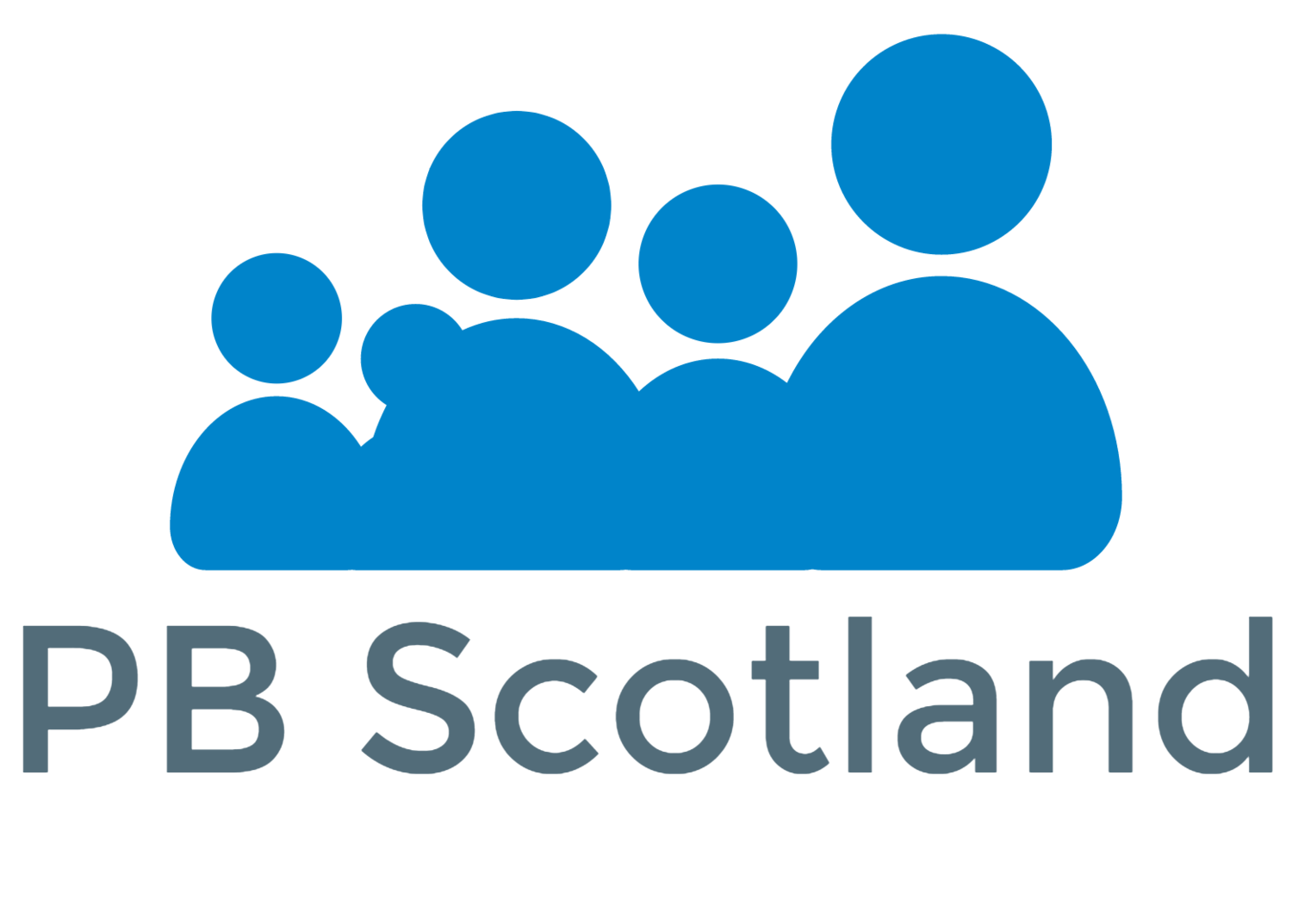Current Challenges for PB
Through our conversations with practitioners, we have identified three main challenges for PB today: a lack of capacity, ensuring strategic buy-in, and financial pressures.
Capacity Pressures to Support PB
There has been significant movement of key staff who had been responsible for leading and supporting PB in local areas. Some into other roles or have left the organisations altogether leading to a loss of local experience and in some areas having to build local knowledge and skills from the start again.
In authorities we spoke to, posts that were dedicated to supporting PB have been realigned or deleted. In many cases the responsibility has been added on to existing posts and are not, therefore, prioritised to the same extent.
Community development, regeneration and CLD teams which have traditionally supported PB processes, including youth work teams supporting youth PB processes, are particularly vulnerable to budget savings.
Some of the contacts we engaged with reported that in some councils mainstream PB processes have not been effectively re-established post-COVID. These were identified by many councils who had undertaken them as incredibly positive and impactful across a range of priorities in addition to finance. However, councils reported that pressures on staff timescales and timescale pressures within budget setting processes meant that these were unlikely to be possible to reinstate.
These largescale mainstream council processes were highlighted by several respondents as being incredibly resource intensive, and in some cases required significant staff deployment for extended periods to achieve the desired levels of engagement.
Strategic Buy In and wider partnerships
A high level of respondents reported that their ability to implement PB locally was dependent on strategic buy in from local elected members and senior officers.
Where there was strategic buy in, this enabled resources to be deployed to support effective PB processes, and budgets to be devolved and a range of services were required to be involved such as roads, land and housing in addition to community grants or regeneration budgets.
In addition to financial and capacity building resources, strategic buy in was determined to be important to enable PB to be considered early enough within grant making or budget setting processes to give an appropriate timescale to enable wider community engagement and participation.
Recent examples from community planning partners (Health & Social Care, Police, NHS, Local Authorities and others) have shown how partnership working has resulted in PB being positively promoted and supported at a local level. This type of approach has resulted in clear strategic direction and political buy in, and enabled partnerships to overcome some of the financial and capacity constraints which might otherwise occur.
By learning from these examples and scaling up this approach in different contexts across the country, PB could be further developed and embedded as a key approach to budget dispersal in a sustainable and scalable way. This local activity is vital to support national, strategic aims around increasing participation in decision-making through PB and supporting the community empowerment policy agenda overall.
Financial Pressures
Extremely difficult decisions are being made about core council services, regeneration budgets and funding for local groups and organisations, with non-statutory, discretionary funds which have been used for PB becoming vulnerable to budget savings.
These Financial pressures mean that PB processes start and stop depending on discrete budgets available or services ability to participate, making it difficult to realise the benefits of a year-on-year process in any one area. Every area we spoke to identified financial pressures as the overriding challenge to local implementation of PB.



